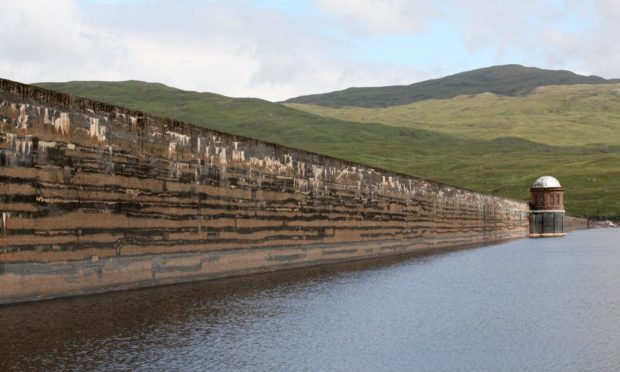The owner of a century-old hydro-electric plant has said it is now generating enough green energy to power a city the size of Inverness, following an upgrade of the Lochaber scheme.
Simec, which is part of metals industry entrepreneur Snajeev Gupta’s GFG Alliance group of companies, announced yesterday that the first phase of a “significant investment programme” at its Kinlochleven facility had increased generation capacity there to its highest level for nearly 20 years.
Last week the power station, which was the first major hydro plant of its kind to be built in Britain, produced an average of 23.27 Megawatts (MW) of electricity, representing a rise of around 20% in its output.
The increase followed work by Simec to reinstate defunct side stream intakes and improve water collection for the scheme. The company described it as a “step-up in clean energy to help power Scottish homes and industry.”
Simec was previously accredited to produce 19.5 MW of power under the Scottish Government’s Renewable Obligation scheme. The firm said legislative changes made it “economic to increase capacity above this level at Kinlochleven.”
Developed between 1905 and 1909 the hydro scheme is set amid 140,000 acres of Highland estate land owned by Jahama, another company under the ownership of GFG, which also bought the UK’s last aluminium smelter, at Fort William, in 2016.
The power station harnesses water power from the Black Water chain of lochs through an eight-mile reservoir. Blackwater dam, which serves the Kinlochleven power station, is the longest in the Highlands.
Simec also owns the nearby Lochaber hydro station, near Ben Nevis, which produces electricity for the Fort William smelter, which is run by GFG’s Alvance British Aluminium division.
Jay Hambro, chief executive of Simec Energy and GFG Alliance’s chief investment officer, said: “Green energy will be vital in keeping the lights on in Scotland for future generations and Simec is committed to playing a key role.
“Simec is delighted that we’ve been able to increase capacity at Kinlochleven by 20%, producing enough clean energy to light and heat homes in the biggest city in the region.”
Mr Hambro continued: “GFG Alliance is one of Scotland’s most significant investors with Liberty, Alvance, and Jahama having invested well over £500 million in Scotland to date, and employing more than 400 people in country.
“We are committed to schemes that work to the benefit of both local communities and the environment.”
Simec has applied to Highland Council for planning consent to build a £158million wind farm at Glenshero, in Locahaber. The company is also in the construction and development phase of further hydro projects on the estate land.
